The Thinking Football Summit is returning to the iconic city of Porto. Voted the World's Best City Destination in 2022, Porto has several points of interest that you can visit during your stay in the Invicta. Check out our suggestions:
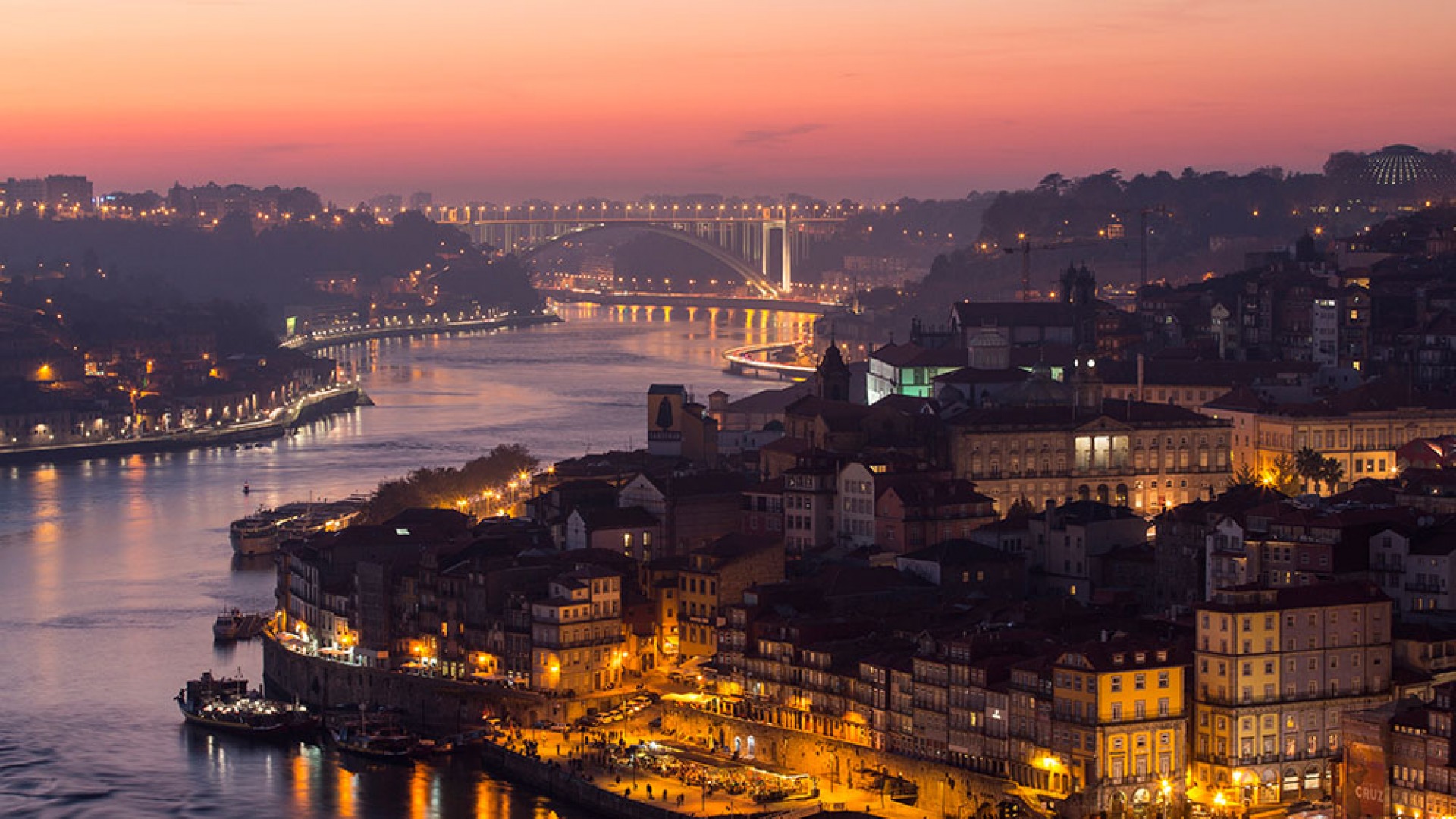
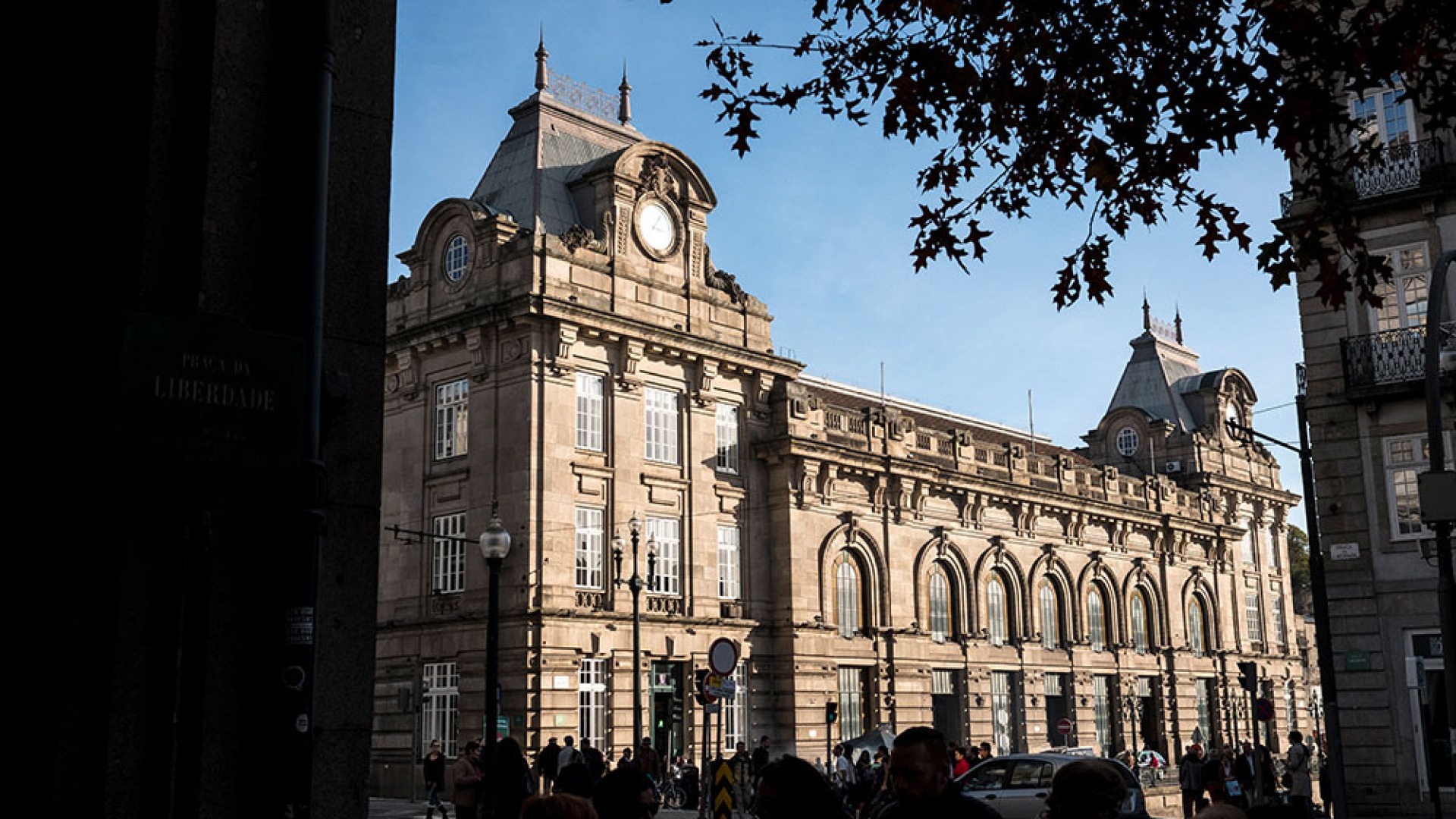
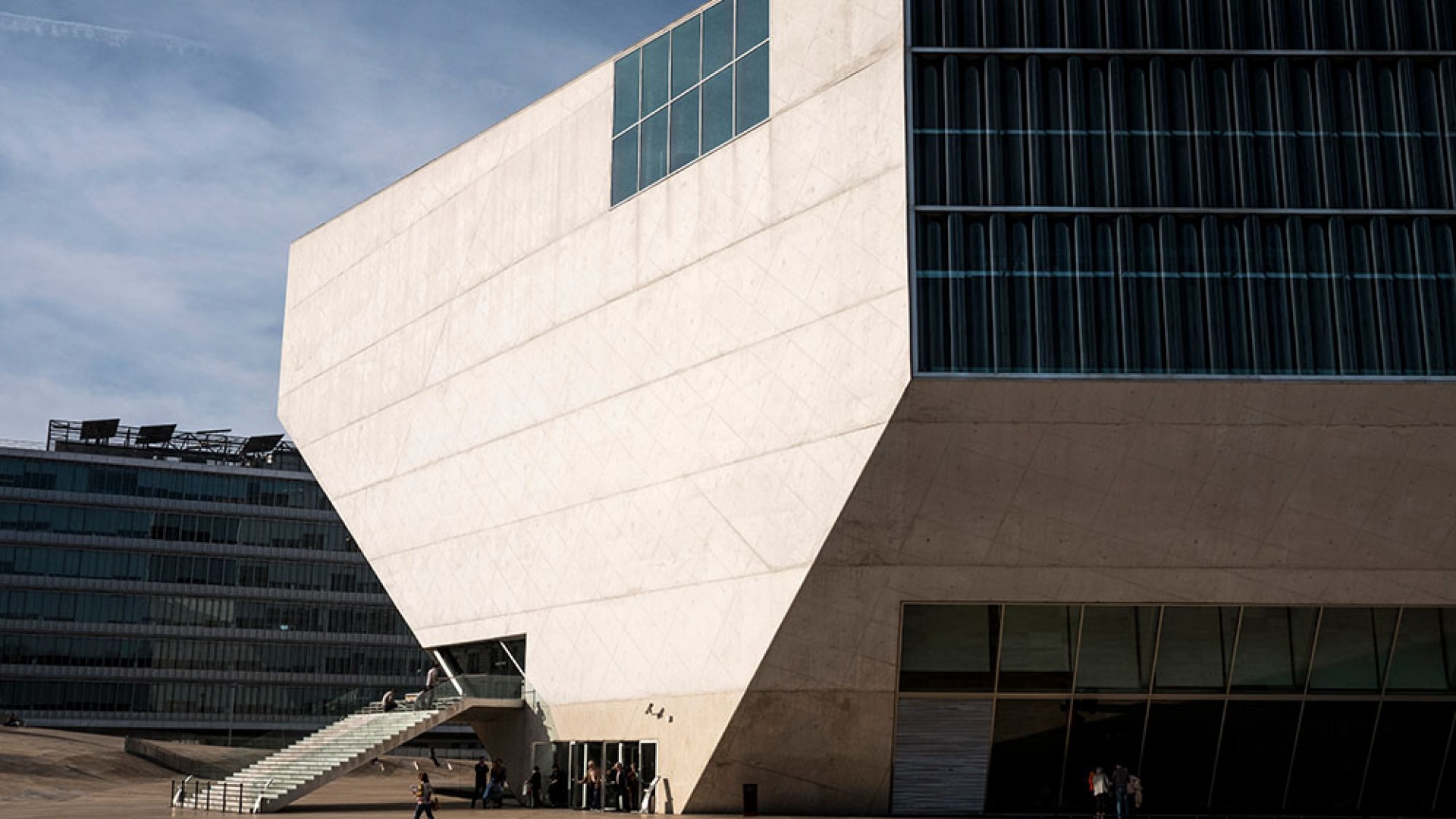
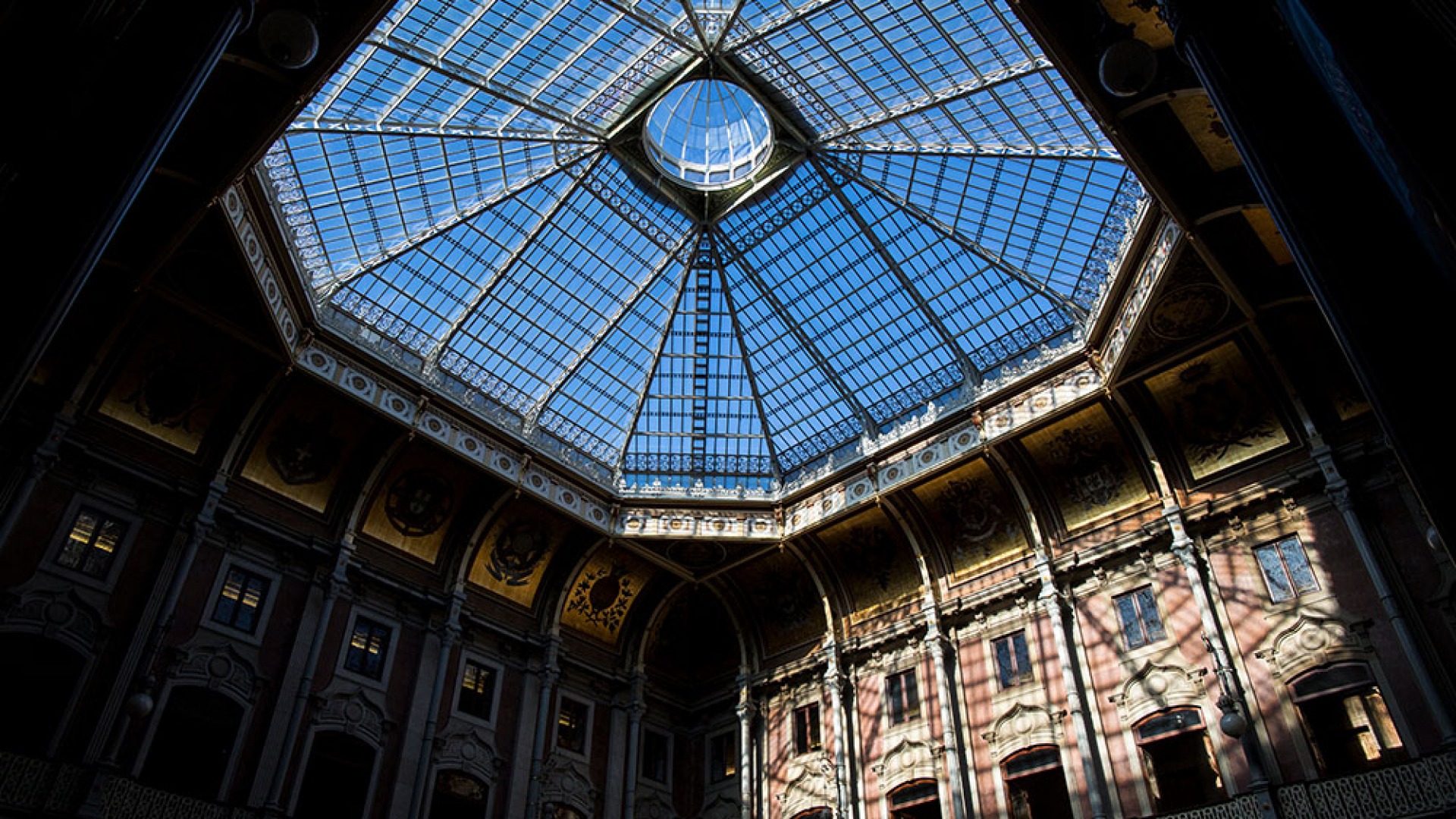
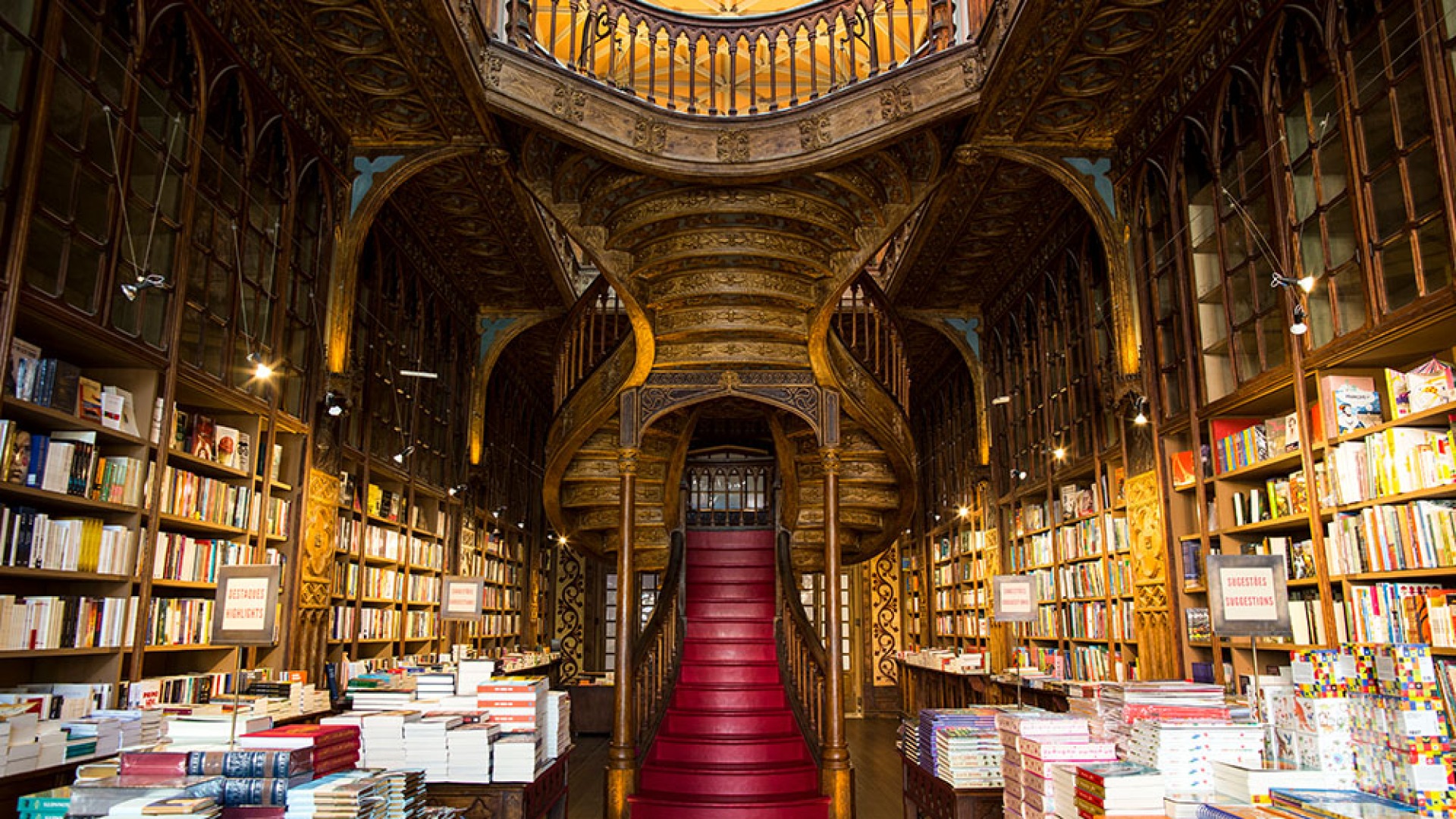
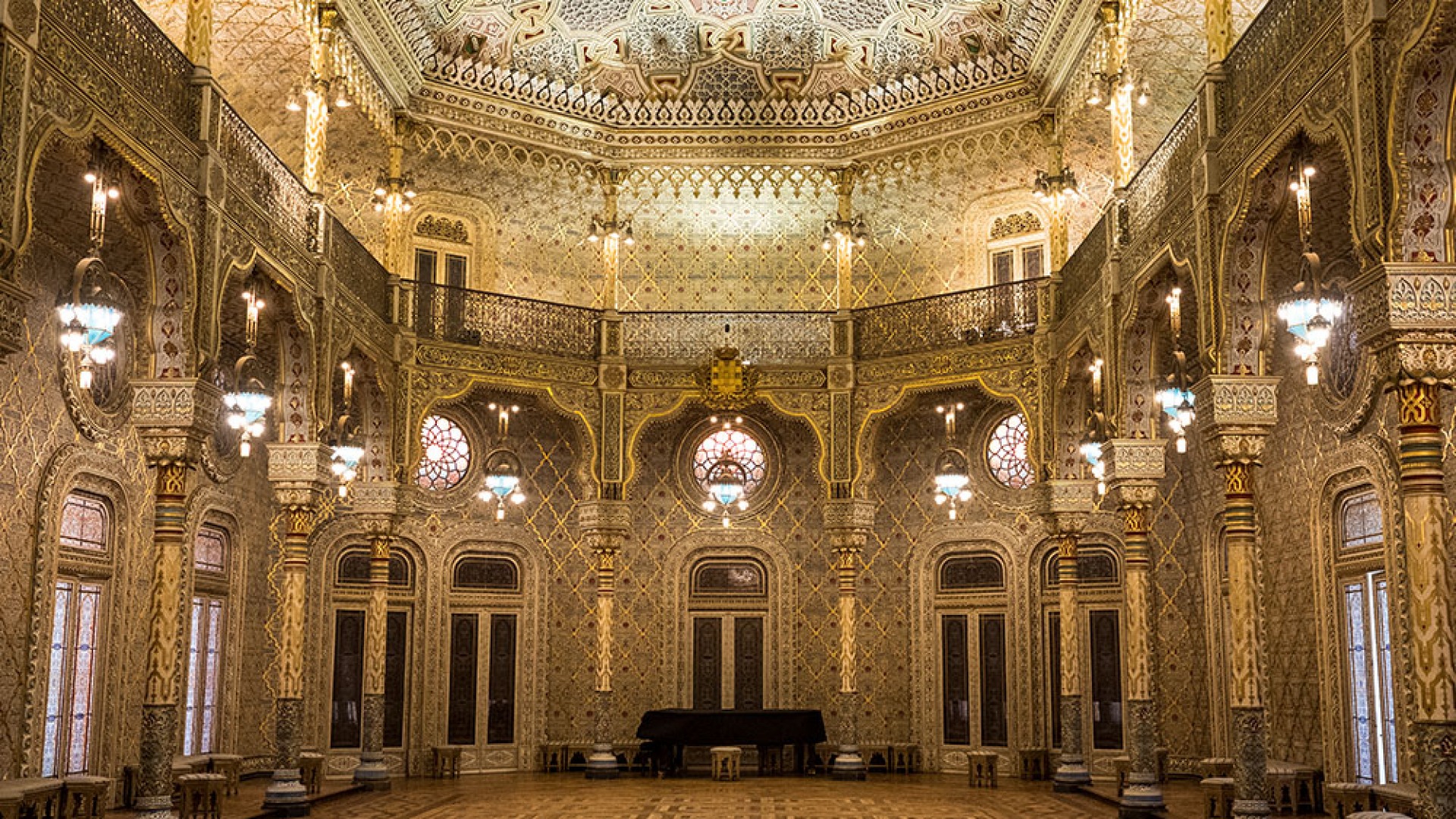
Casa da Música
Inaugurated in 2005, Casa da Música is the main concert hall in the North of Portugal. Designed to be the stage for all types of music, it is already considered one of the most iconic buildings of contemporary Porto architecture.
Palácio da Bolsa
Construction of the building began in 1842 and took almost 70 years to complete. Designed in the neoclassical style, it serves as the headquarters of the Porto Commercial Association. Located in the historic centre of Porto, it is recognized as UNESCO World Heritage site and was built on the ruins of the Convento de S. Francisco. It has become one of the main places to visit in Porto, welcoming visitors from all over.
Rua Santa Catarina
Rua Santa Catarina is the most important commercial area in Porto. Exclusively for pedestrians, located in the upper part of the city, and the abundance of local businesses and iconic spots makes it the heart of the city.
Ponte D. Luís
Inaugurated in 1886, the D. Luís Bridge is one of the most imposing landmarks in Porto. With 385 meters in length and 45 meters in height, it is one of the city's biggest symbols and offers a breathtaking view over the Douro River.
Catedral da Sé
The city Cathedral, stands as one of the most significant religious monuments in the country. Located in the upper part of the city, it is characterized by its blend of architectural styles and is one of the must-visit stops in the city.
Mercado do Bolhão
Located in the heart of Porto, the Mercado do Bolhão is one of the city's main landmarks, representing the identity and history of the invicta.
Torre dos Clérigos
Considered one of the symbols of Porto, the Clérigos Tower was inaugurated in 1750 and designed by Nicolas Nasoni. From its 75 meters in height and more than 200 steps, we can enjoy one of the most beautiful views of the city.
Avenida dos Aliados
Consisting of two large squares and known for attracting thousands of people for celebrations as well as protests, Avenida dos Aliados is where everything happens. The exuberance and various architectural styles of the buildings demonstrate the significance of this square, with the famous Porto City Hall building located here.
Ribeira
Surrounded by colourful 18th-century buildings and narrow cobbled streets filled with small bars and restaurants serving Portuguese cuisine, the Porto Ribeira is the perfect place to stroll and explore. At Cais da Ribeira, you can stop and admire the Luís I Bridge and the cruises sailing along the Douro River.
Livraria Lello
The Livraria Lello was inaugurated in 1906, carrying with it over a century of history. Located in the historic centre of Porto, it is considered the most beautiful book store in the world, with a neo-Gothic facade, red staircases, and a massive colourful stained-glass ceiling. It receives over half a million visitors each year.
Museu Serralves
Opened in 1999, the Serralves Museum is part of the Serralves Foundation. It houses a valuable collection of contemporary art by both national and international artists, dating from the late 1960s to the present day. The museum hosts various temporary exhibitions, showcasing the work of many avant-garde artists, fostering a dialogue between the artist and the public.
Café Majestic
Founded in 1921 and located on Rua de Santa Catarina, the Café Majestic remains one of the most beautiful and representative examples of Art Nouveau in the city of Porto. It is the perfect place to relax, have a coffee, and enjoy the beauty of the space.
Caves de Vinho
As one of the wine capitals in the world, visiting one of the famous Port wine cellars becomes a must. In these cellars, you can learn about the rich history of the Douro region and even taste some of the best nectars in the world, as acclaimed by wine experts.
Minho
Braga: Braga is the oldest Portuguese city in the country. A young, cosmopolitan and multicultural city, it offers a wide range of exciting opportunities. Considered one of the most religious cities in Portugal, it has some of the oldest national monuments such as the Cathedral of Braga, the first Portuguese cathedral in the country.
Bom Jesus de Braga: UNESCO World Cultural Heritage Site, located on top of a hill, gives a panoramic view of the city. It has the oldest funicular railway in the world, the basilica, endless staircases, baroque fountains and statues, and historic gardens that circle the sanctuary.
Guimarães: Known as the "Cradle City of Portugal", the city of Guimarães has characteristics that distinguish it from other Portuguese cities and place it in a prominent place in the History of Portugal. It is said that this is where Portugal and its first King were born.
Guimarães Castle: With its military, Romanesque and Gothic architecture dating back to the mid 10th century, Guimarães Castle, or Castelo da Fundação or S. Mamede, is recognised by many as the place where Portugal was born.
Guimarães Cable Car: The Guimarães Cable Car was the first cable car in Portugal and the only one in the northern part of the country. It is a combination of the city's history and nature, going from the centre of Guimarães to the top of Penha Mountain.
Barcelos: Barcelos is a perfect combination of tradition, innovation and modernity with a unique beauty and history. It is a young, dynamic and lively city with national and regional identity references, such as the Barcelos Rooster, where innovation is truly a reality.
Peneda Gerês: The Serra da Peneda together with Gerês is the only Portuguese protected area classified as a National Park. It has a diversity of fauna and flora, with semi-natural habitats. With stunning scenery, the mountainous terrain is criss-crossed by fast-flowing rivers and streams that turn into waterfalls. There are conditions for practising activities such as canyoning or canoeing and for walking, following the winding and well-preserved route of the Geira Roman road.
Gastronomy and Vinho Verde: Minho gastronomy maintains a strong connection to its origins. The main dishes of the Minho region include Bacalhau à Minhota, Caldo Verde, Cozido à Portuguesa, Rojões à Minhota, Cavaca À Minhota and Pudim Abade de Priscos. It is in Minho that the Vinho Verde region is located, with the largest Portuguese wine-growing area.
Douro
Wine Region - Alto Douro Vinhateiro: a region bathed by the Douro River, it is part of the well-known Douro Vinhateiro, classified by UNESCO as a World Heritage Site in the category of cultural landscape. The Alto Douro landscape combines the nature of the Douro River valley, made up of steep slopes and rough, hilly soils, adapting the space to agricultural needs. Wine has been produced in this region for over 2000 years, and it is here that the famous Port wine is born.
Vila Real: Perched on one of the rocky hills at the junction of the Corgo and Cabril rivers, Vila Real stands out for its pleasant historic centre and ancient churches. The thermal baths, thermal waters for therapies, are also a highlight of the locality and the ideal place for both relaxation and health benefits.
Sanctuary of Nossa Senhora dos Remédios: Located in Lamego, it is at the top of an imposing staircase with 686 steps and built in the mid-seventeenth century that we find the sanctuary. The staircase is completely decorated, and the flights of steps have beautiful monuments, chapels, fountains, statues and obelisks.
Gastronomy and Port Wine: Land of excellent wines, famous sausages, smoked meats and pure olive oil. It's hard to resist the Portuguese meat pies, the red bean soups, the corn with ribs, the oven-roasted lamb or rabbit and the Teixeira biscuit, a typical Portuguese sweet. It is also known for its good wines, such as the internationally famous Port wine and the natural sparkling wine from Lamego.
Douro River Cruises: Cruises on the Douro River are one of the best experiences to do in Portugal. One of the main advantages of cruising the Douro is the possibility of visiting places that are difficult to reach by land and breathtaking landscapes.
Trás-os-Montes
Bragança: Historical capital of the Trás-os-Montes region, it is simultaneously a city with large avenues and a medieval village with walls. Situated on top of a hill and past the gates there's a very well-preserved medieval neighbourhood.
Montalegre: In the heart of the Peneda-Gerês National Park, this region presents incredible landscapes in which Nature still retains all its charm. The historic centre, the Church of Misericórdia, the Pelourinho of Montalegre and the Castle of Montalegre are some of the attractions not to be missed.








